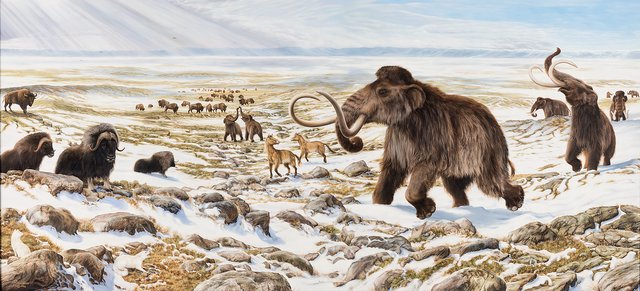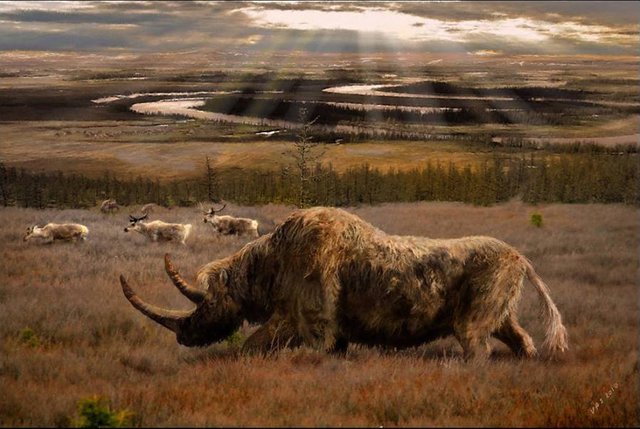Re-creating pleistocene mammoth steppe in Northern Siberia
36 years ago, in 1996, in the North of Siberia, 250 km south from Arctic Ocean coast, Russian scientist Sergei Zimov started bold experiment – recreating of arctic dry meadows. 40 thousand years ago tundro- steppes and forest-steppes, dominated Eurasia Northern landscapes, covering present tundra territories. Unlike present tundra, tundro-steppe was full with animals. Giant herds of bisons, musk oxes, mammoths, and other herbivores were as numerous as fauna of present Africa savanna. Predators like sabre toothed cats, cave bears and wolverines prospered there.
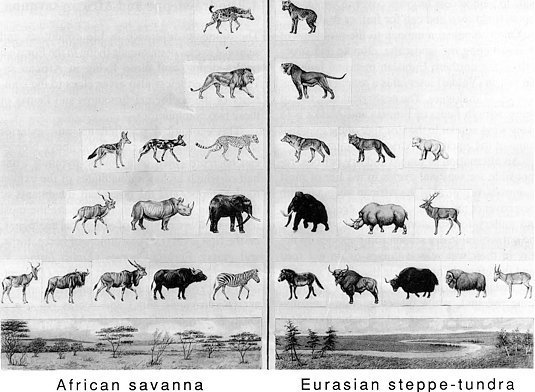
Flora of mammoth steppes was also totally different from present tundra covered by mosses, lishens and crawling bushes. Fast growing grass and cereals gave enough food to steppe inhabitants. Herbivores ate grass and fertilized soil with manure, so that even during short arctic summer enough food grew to survive arctic winter.
From bones, found in tundra Zimov’s team calculated that in pleistocene average animal’s biomass reached 10 tons/square km. This may consist of one mammoth, five bisons, six wild horses and ten reindeers – now it is only two reindeers per square km of tundra.
Zimov says:
If we want to effect a reverse ecosystem shift, we need to artificially increase the number of animals in a limited area for a period of time sufficient for pasture development. Animals would trample all vegetation including shrubs trees and moss. By fertilizing the soil they would increase the rate of biogeochemical cycling. More nutrients would accumulate in the soil, allowing higher grass productivity. Higher transpiration would keep soils dry. Under continuous pasture pressure and fertilization, grasses would once again become the dominant vegetation, and in combination with various steppe animal species they would form a modern steppe ecosystem, which would be sustainable and ready to expand.
The experiment started in 1996 when on 16 square km of tundra Yakutian wild horses were set free. Later to them were added several musk oxes from Wrangel Island, forest bisons and northern deers.

Musk oxes

Reindeers

Yakutian horses
Now Zimov plans to increase park to 750 square km of tundra. Then as density of herbivores increases there are plans to introduce to park predators - big cats. Siberian tiger perfectly fits tundro-steppe ecosystem.
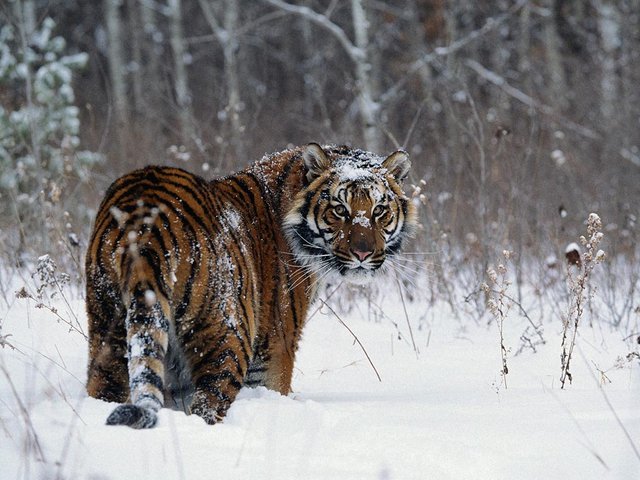
Recreation of mammoth tundro-steppes is long experiment, it will last long. Meantime, in Siberian permafrost and cryogenic cameras wait for their turn frozen bodies of mammoths and pleistocene rhinoceroses.
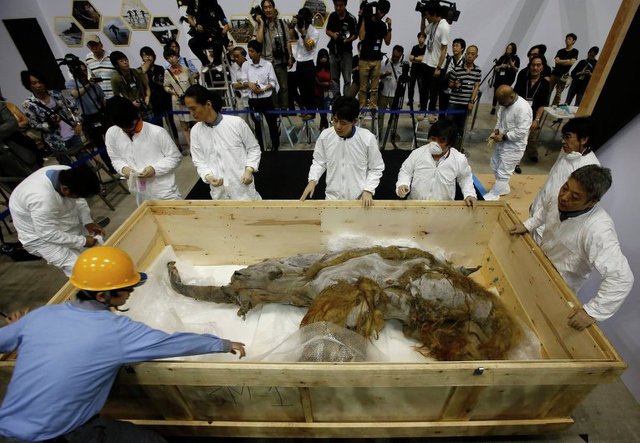
In the next decade cloning may become possible. If it will happen, then mammoths will find home in tundro-steppes of Yakutia.
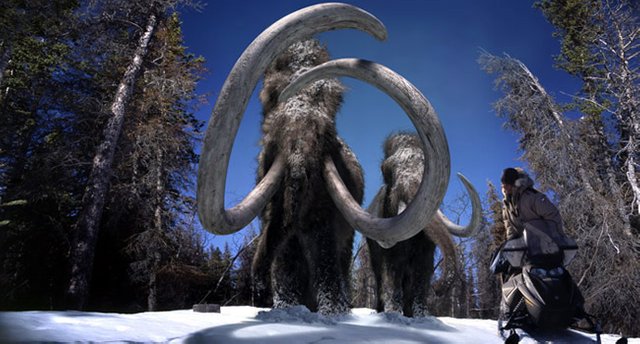
The works continue. Recreating of flora and fauna of mammoth steppe is enormous task.
But as a journey of a thousand miles begins with a single step, here is this step: scientists team of David Gilichinsky found in permafrost of Pleistocene Park seeds of fruit 32 000 years old. Seeds were found in frozen burrows of ground squirrell, lived here in Pleistocene period.
Researchers could obtain fertile plant of Silene stenophylla Ledeb. (Caryophyllaceae).

This is original flower from Pleistocene period. All we need is to add mammoths )))
